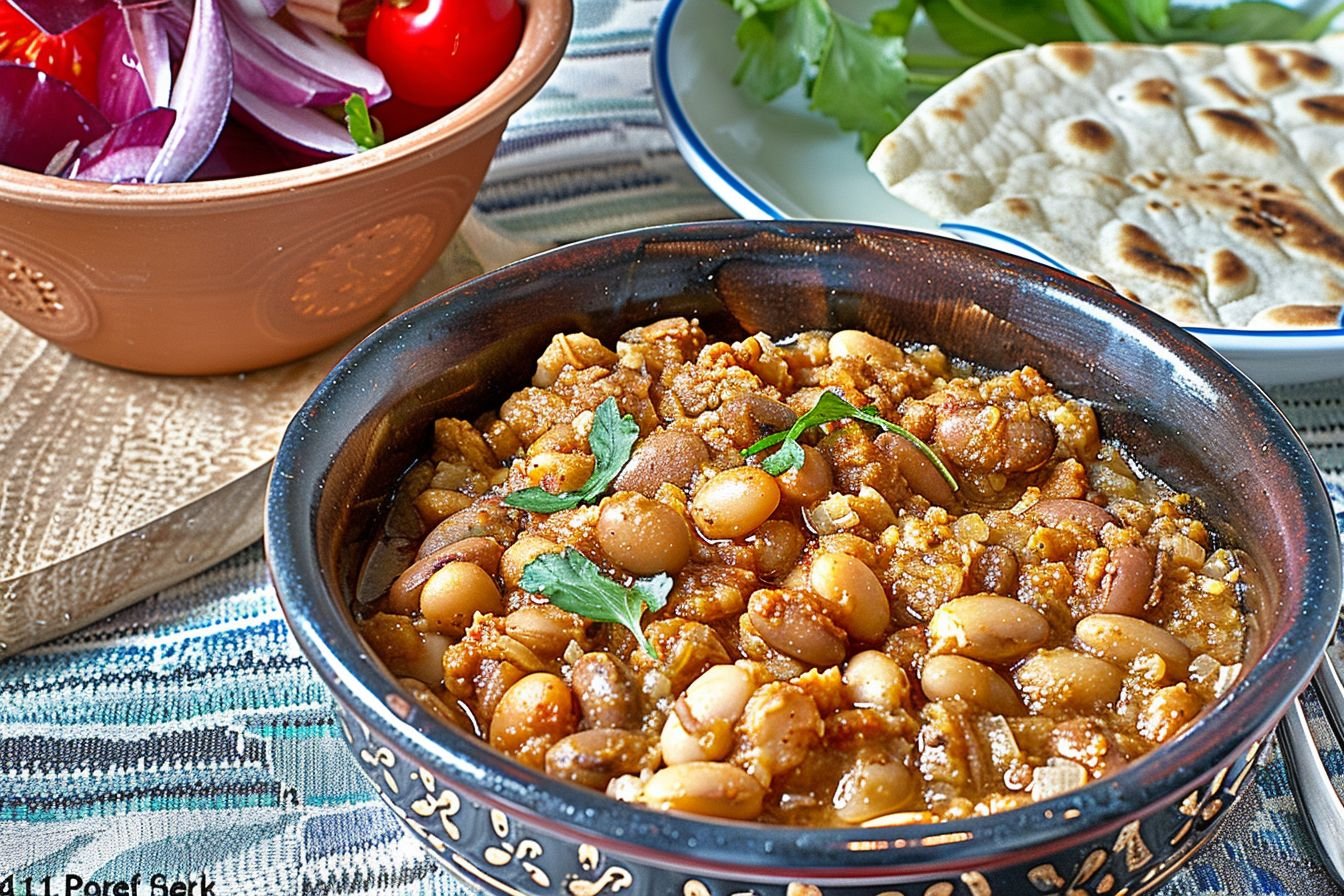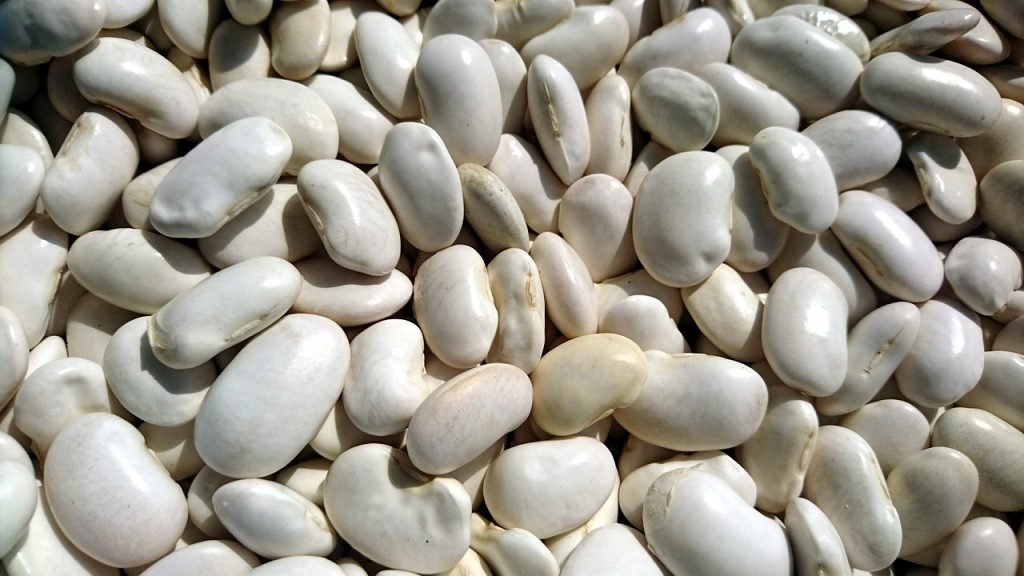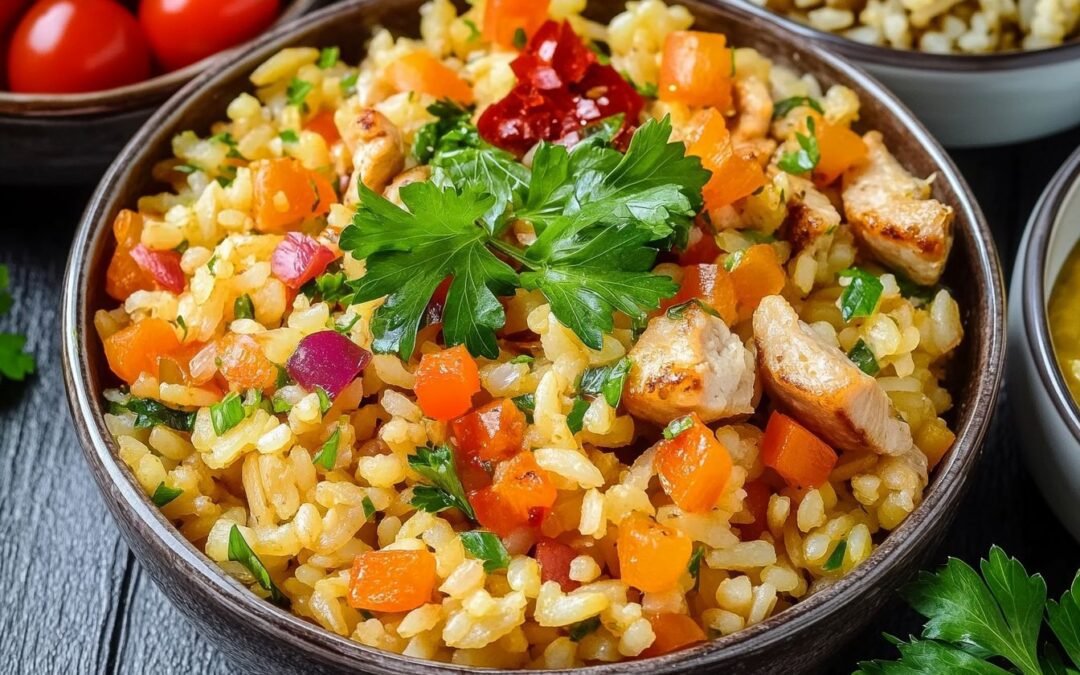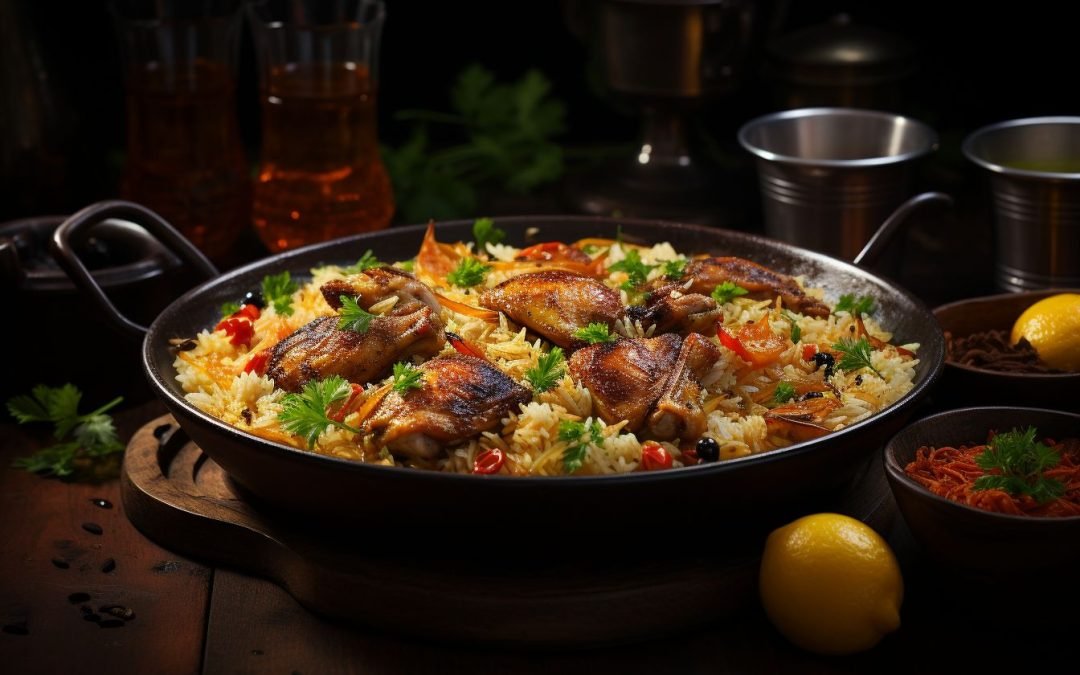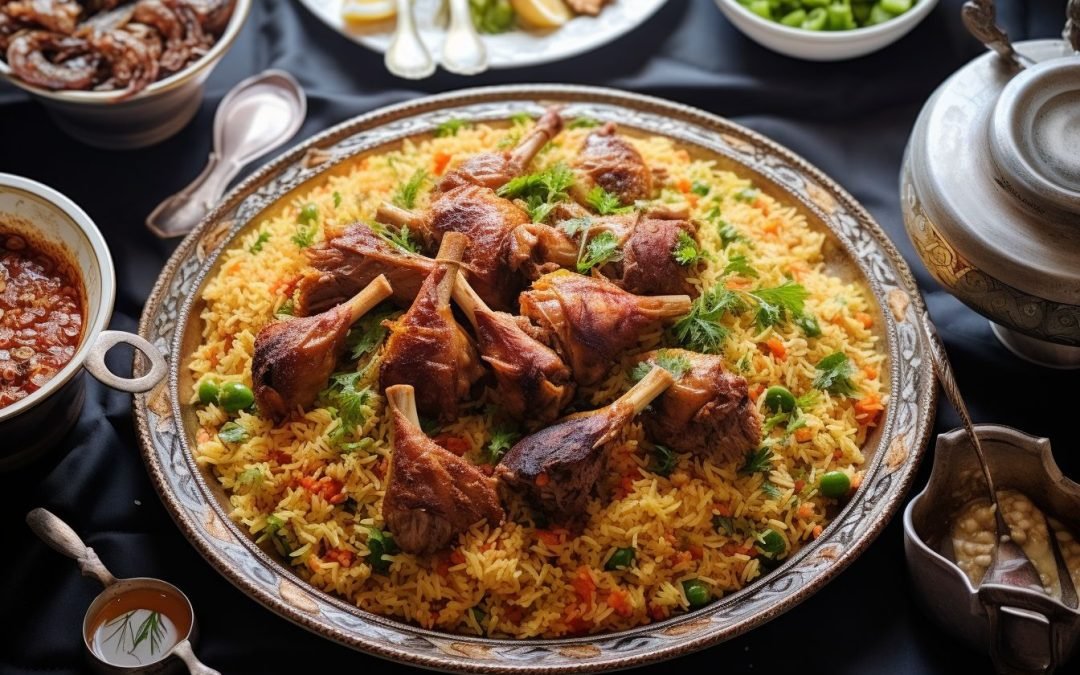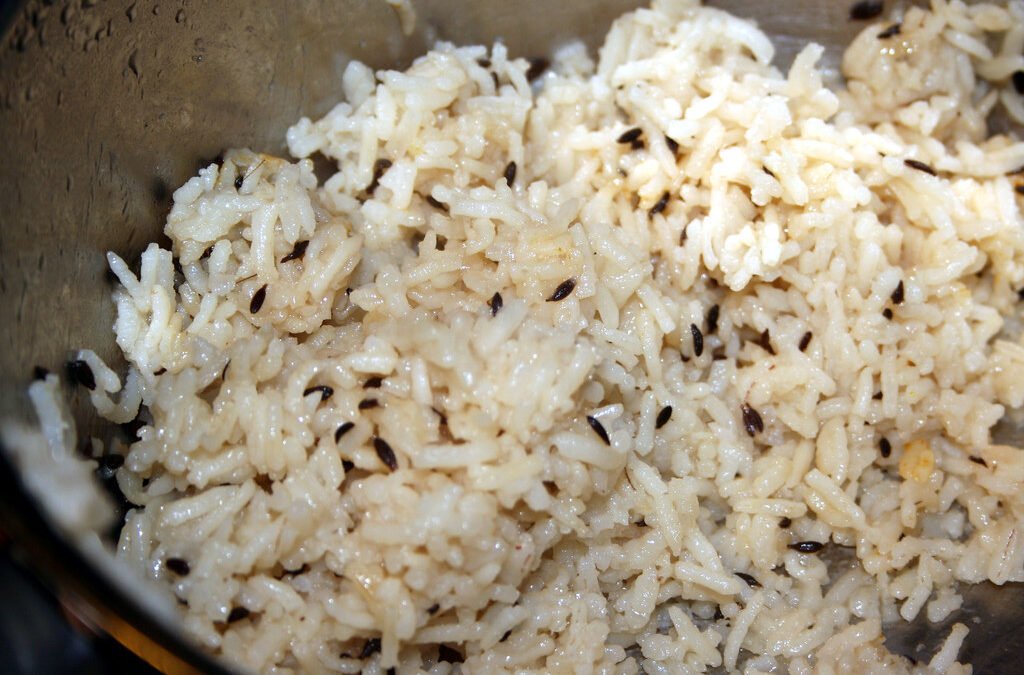Mujadara with beans is a delicious and nutritious Middle Eastern dish that combines lentils, rice, and beans with caramelized onions and flavorful spices. As someone who loves to cook and experiment with new recipes, I was excited to try making mujadara with beans at home. To make this dish, you will need beans, rice, onions, olive oil, salt, black pepper, cinnamon, cumin, and hot tomato sauce.
One of the things I love about this dish is that it’s a hearty and filling vegetarian meal that’s perfect for a cozy night in or a family dinner. The combination of lentils, rice, and beans provides a great source of protein, fiber, and complex carbohydrates, while the caramelized onions add a rich and savory flavor to the dish. Plus, the spices like cinnamon and cumin give it a warm and comforting aroma that’s perfect for cold winter nights. Whether you’re a seasoned cook or a beginner in the kitchen, this is a great recipe to try out and enjoy with loved ones.
Health Benefits of Mujadara
High in Protein
Mujadara is a great source of protein, especially when combined with beans. Lentils, one of the main ingredients in mujadara, are a good source of plant-based protein. One cup of cooked lentils contains about 18 grams of protein. Adding beans to mujadara boosts the protein content even further, making it an excellent option for vegetarians and vegans.
Rich in Fiber
Mujadara is also rich in fiber, which is important for digestive health. Lentils and beans are both high in fiber, and when combined with rice, they create a dish that is both filling and satisfying. Fiber also helps to regulate blood sugar levels and can help to lower cholesterol.
Packed with Nutrients
Mujadara is a nutrient-dense dish that is packed with vitamins and minerals. Lentils are a good source of iron, which is important for energy production and immune function. Meanwhile, rice is a good source of B vitamins, which are essential for brain function and energy metabolism.
Low in Fat
Mujadara is a low-fat dish that is perfect for those who are watching their weight. Lentils and beans are both low in fat, and when combined with rice, they create a dish that is both filling and satisfying without adding unnecessary calories.
What Is Mujadara?
Origins and Cultural Significance
Mujadara is believed to have originated in the Middle East. It has been a staple dish in the region for centuries and is often served during religious holidays and special occasions. The dish is also popular among vegetarians and vegans, as it is a great source of plant-based protein.
In addition to its delicious taste, mujadara also has cultural significance. It is a symbol of humility and simplicity, as it is made with basic, readily available ingredients. In some Middle Eastern cultures, it is also considered a dish of the poor, as it is cheap and easy to make.
Ingredients:
- 1 pound of white beans
- 3 tablespoons of rice
- 4 large onions
- 1/2 cup of olive oil
- 1 tablespoon salt
- 1 teaspoon of black pepper
- 1 teaspoon of cinnamon
- 1/2 teaspoon of cumin
- 1 teaspoon of hot tomato sauce
How to Make Mujadara with Beans?
- Hydrate the lentils: Before cooking, allow the lentils to rest in tepid water overnight. This ensures even cooking and a softened texture.
- Rinse and simmer: After the soaking period, discard the water and rinse the lentils thoroughly. Subsequently, cover them with fresh water and simmer for approximately one hour, or until they become tender and split open.
- Incorporate seasoning: Towards the conclusion of the cooking process, introduce the rice and your preferred seasonings, such as salt, pepper, cinnamon, cumin, and spiced tomato sauce.
- Caramelize the onions: While the lentils simmer, meticulously chop the onions. In a separate pan, heat olive oil and cook the onions until they achieve a caramelized, golden-brown color.
- Combine and consolidate: Once the onions are sufficiently caramelized, incorporate them into the pot with the lentils and rice. Simmer and stir the combined ingredients for roughly 15 minutes, allowing the mixture to thicken to your desired consistency.
- Plate and serve: Transfer the cooked mujadara to a suitable platter and allow it to cool to room temperature. For a well-rounded and delightful meal, serve it alongside a salad comprised of fresh vegetables.
Serving Suggestions
Accompaniments
- Yogurt: A dollop of plain yogurt on top of the mujadara can add a creamy and tangy flavor to the dish. It also helps to balance out the spices and heat.
- Pickled Vegetables: Pickled vegetables, such as cucumbers, carrots, and radishes, are a great way to add some acidity and crunch to the meal. They also help to cleanse the palate between bites.
- Green Salad: A simple green salad with a light dressing can provide a refreshing contrast to the rich and savory mujadara. Choose crispy lettuce leaves and add some sliced tomatoes and cucumbers for extra freshness.
- Roasted Vegetables: Roasted vegetables, such as eggplant, zucchini, and bell peppers, can be a great side dish to complement the mujadara. They add some sweetness and texture to the meal.
Garnishes
- Crispy Onions: Mujadara is already topped with caramelized onions, but adding some crispy fried onions on top can take it to the next level. It adds some extra crunch and flavor to the dish.
- Fresh Herbs: Chopped fresh herbs, such as parsley, mint, or cilantro, can be sprinkled on top of the mujadara to add some color and freshness. It also adds some extra aroma and flavor.
- Lemon Wedges: A squeeze of fresh lemon juice can brighten up the flavors of the mujadara. Serve some lemon wedges on the side for people to add as much or as little as they like.
Storage and Reheating
Once you have made your mujadara with beans, you may have some leftovers that you want to store for later. Mujadara with beans can be stored in an airtight container in the refrigerator for up to four days. To ensure that the mujadara stays fresh, make sure to let it cool down to room temperature before storing it.
When reheating mujadara with beans, you can use a microwave or stovetop. If you’re using a microwave, put the mujadara in a dish that’s safe for the microwave, then cover it with a lid or microwave-safe plastic wrap. Heat on high for one to two minutes, or until heated through.
If using a stovetop, add a splash of water or vegetable broth to the mujadara and heat over medium heat, stirring occasionally, until heated through. You may need to add more water or broth if the mujadara has dried out in the refrigerator.
It is important to note that reheated mujadara may not be as crispy as when it was first made. To add some crunch to your reheated mujadara, you can top it with freshly caramelized onions or chopped nuts, such as almonds or walnuts.
Common Mistakes to Avoid
- Not soaking the beans: If you’re using dried beans instead of canned, be sure to soak them overnight to help them cook evenly and reduce cooking time. If you forget to soak them, you can quickly soak them by boiling them for a few minutes, and then letting them sit for an hour.
- Not caramelizing the onions enough: The crispy caramelized onions on top of the mujadara are a key part of the dish’s flavor and texture. Be patient and cook the onions slowly over low heat until they are deep brown and sweet.
- Adding too much water: Mujadara should have a slightly moist texture, but if you add too much water, it can turn into a soupy mess. Start with less water than you think you need and add more gradually if necessary.
- Skipping the spices: Mujadara is a simple dish, but it’s also flavorful thanks to the combination of cumin, coriander, and cinnamon. Don’t skimp on the spices or the dish will taste bland.
Conclusion
In conclusion, mujadara with beans is a delicious and healthy dish that is perfect for any occasion. This dish is packed with protein, fiber, and essential nutrients that are beneficial for your overall health. It is also easy to make, affordable and can be customized to suit your taste preferences.
Adding beans to mujadara is a great way to increase the nutritional value of the dish. Beans are an excellent source of protein, fiber, and complex carbohydrates. They also contain essential vitamins and minerals such as iron, potassium, and magnesium. By adding the beans, you can create a more filling and satisfying meal that will keep you energized throughout the day.
It is important to use high-quality ingredients and follow the recipe carefully. The right combination of spices, herbs, and vegetables can make all the difference in the flavor and texture of the dish. Experiment with different types of beans and spices to find the perfect combination that suits your taste buds.
Overall, mujadara with beans is a nutritious and delicious dish that is perfect for any occasion. Whether you are looking for a quick and easy meal or a healthy side dish, mujadara with beans is a great choice. With its rich flavor, satisfying texture, and numerous health benefits, this dish is sure to become a favorite in your household.
Did you know? A fresh tahini salad pairs perfectly with this dish.
Get the recipe now (by clicking the image below):
